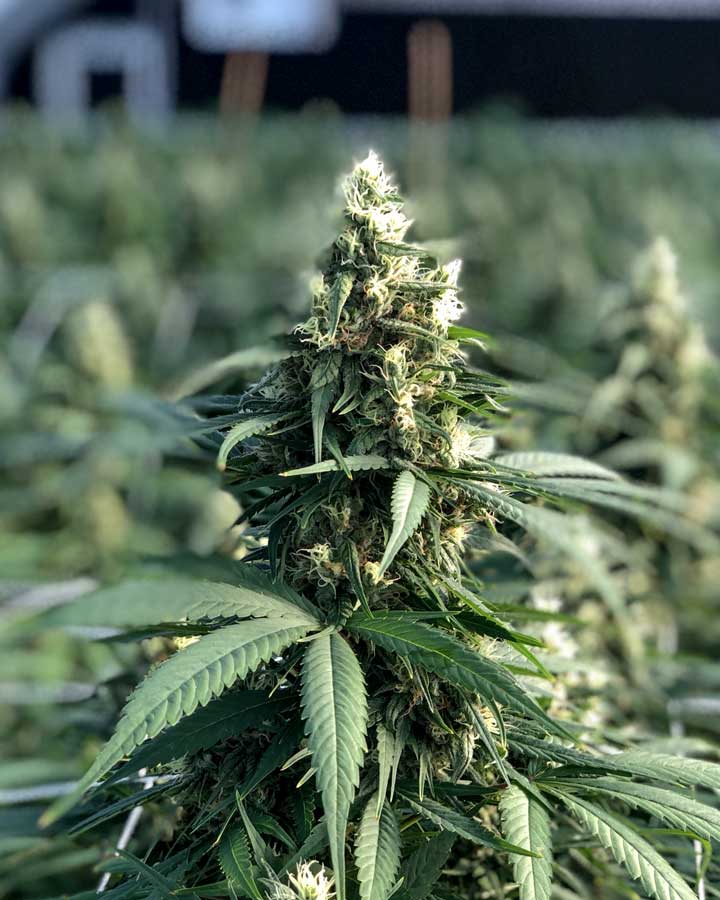What is the difference between delta-9 THC and THC-a?
In hemp, the commonly referred to compound “THC” actually refers to 2 different compounds. One is delta-9 THC and the other is THCa. The federal farm bill signed in 2014 created a gray area when the definition for hemp stated that the delta-9 THC level must not exceed .3%.
Some states allowed samples to exceed .3% Total THC (delta-9 THC + THCa) — as long as the delta-9 levels remained under .3%.
Arguably, there was a legal case to be made that this was — and is — within the letter of the law for states operating under the 2014 Pilot Programs.
When a hemp sample is heated to a high enough temperature, the THCa converts at a rate of .877 to delta-9 THC. The Interim Federal Rule (IFR) mandates that THCa must be included in the measurement of Total THC. We won’t be able to fully explore why this is not ideal in this blog, but nevertheless it will remain in place for the foreseeable future.
Here’s a quick example of how that math plays out:
Sample #1:
Delta-9 THC: .03%
THCa: .30% (.30 x .877 = .26)
__________________
Total THC .29% (.26 + .03 = .29)
How does this affect me?
For the 2020 season, some states will continue operating under their 2014 Pilot Programs. In many of these states, there is no harvest window and delta-9 THC compliance is all that matters. At 23% CBD, our BaOx tests well below .3% delta-9 THC.
For those states that have elected to operate under the IFR, “CBD:THC ratio” is more important to pay attention to than “CBD Potential”. For example with a 29:1 ratio, you would multiply .3% Total THC by 29 and you would get the max CBD allowable while remaining under .3% Total THC (.3 x 29 = 8.7% total CBD).
A major implication of having to operate under the IFR is that you will have to harvest before the plant is fully mature, which will lower overall yield. For this reason, it would be advisable to plant more densely than you normally would otherwise — especially if you are tight on space.
Our recommended change in “down the row” spacing for our variety would go as follows:
- May – 5 feet between plants
- June – 4 feet
- July – 3 feet
Consequences of the IFR
The IFR will continue to cause headaches for many people and has sent ripples through every leg of the industry.
State regulators will have a hard time trying to enforce an arguably unenforceable set of rules.
Testing labs will largely be unprepared to provide quick turnarounds necessary for farmers to make critical decisions about when to harvest.
Extraction facilities will be forced to process hemp with very low levels of cannabinoids which raises their production costs.
And last but not least, farmers are seeing profit margins getting thinner and thinner due to lower CBD levels and yields.
For those farmers and companies operating under the IFR in 2020: It is now more important than ever to stay lean and keep inputs costs down.
Here are the states that have publicly announced that they will continue to operate under their 2014 Pilot Programs for the 2020 season:
- Alabama
- Alaska
- Arkansas
- Colorado
- Kentucky
- Maine
- Maryland
- Minnesota
- Missouri
- New Mexico
- North Dakota
- Oregon
- Utah
- Vermont
- Wisconsin
** Unless something changes, all states will be forced to operate under the IFR in 2021.


